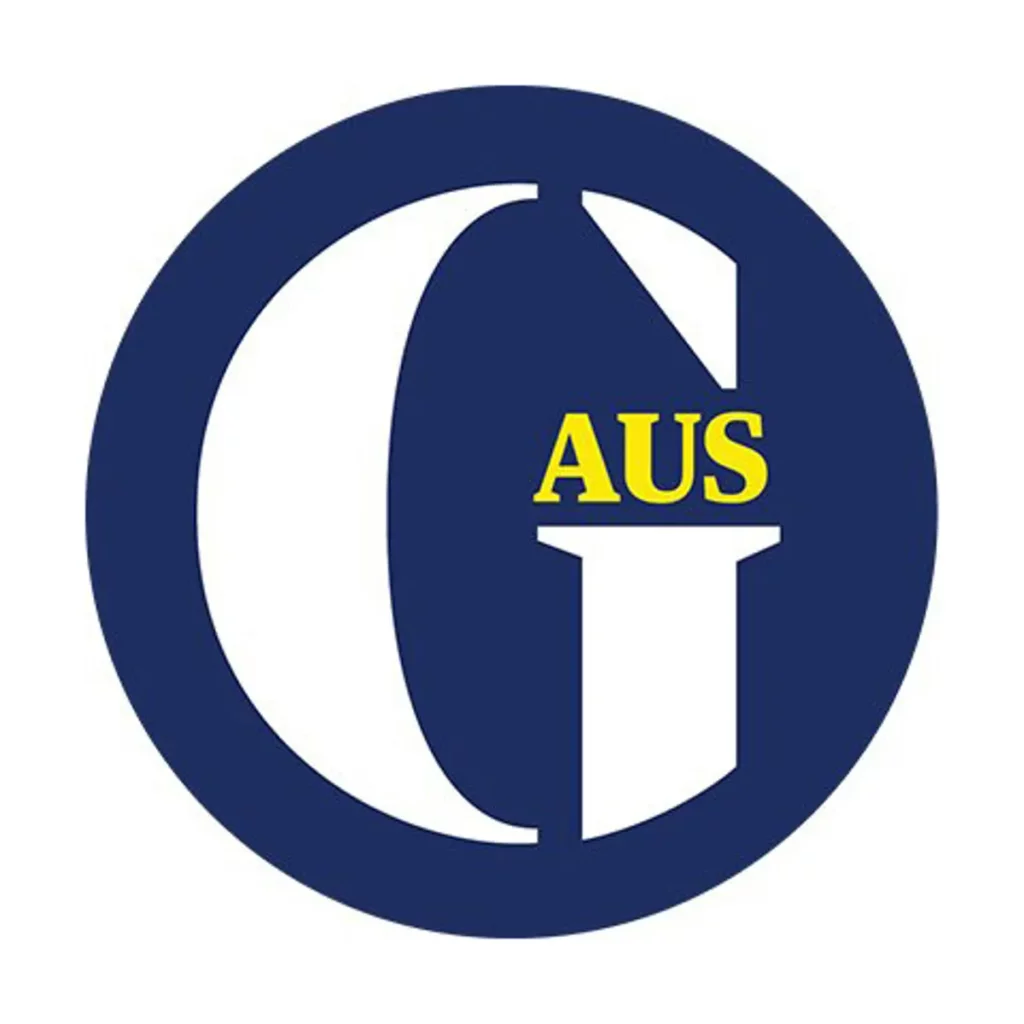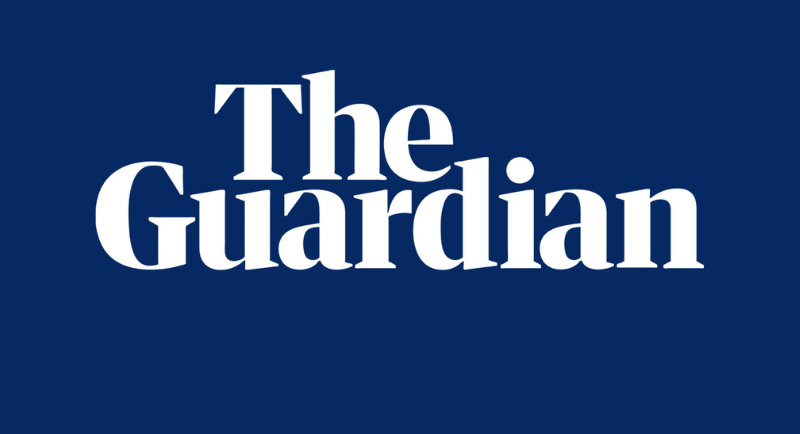The global newsbrand The Guardian will soon be reporting more than a doubling of its annual loss, according to a UK report.
The analysis comes from a former chief executive of Australia’s biggest magazine publisher. UK media executive Colin Morrison moved to Australia in the 2000s where he ran ACP Magazines for five years. The company was later acquitted by the Bauer Group and now trades as Are Media following private equity investment.
Morrison these days runs a newsletter called Flashes & Flames which is where the report about The Guardian appeared.
The Times also picked up the report from Morrison on the weekend under the headline ‘Guardian staff braced for job cuts as GMG to report nearly £40m in losses’.
The Times reported The Guardian, which is owned by the Scott Trust, a charity founded in 1936 that funds the newspaper “in perpetuity”, is expected to report a cash outflow of £39 million in the financial year to the end of March when it files the accounts at Companies House at the end of September. Last year the cash outflow was £17 million.
Alongside the latest annual results next month, the media group will also announce a reorganisation plan which is expected to involve cuts in staffing and operating costs, according to Flashes & Flames.
Morrison wrote about how The Guardian’s move to become “more global” might have contributed to the poor performance.
“It is almost too ironic that the 2022-23 results announced in July last year had boasted of revenue growth, careful cost management and commitment to a three-year strategy to become ‘more global’ with more jobs. Fast forward to 2024 and the company is braced for cuts,” Morrison said.
“At a time when most other traditional media have continued to reduce headcount, GMG [Guardian Media Group] has been doing the opposite. Staffing now accounts for an estimated 55 per cent of total GMG costs, compared with 49 per cent in 2020.”
The Guardian responds: Global strategy not about to stop
A Guardian spokesman was quoted in The Times: “We have not yet published our financial results and do not recognise some of the claims sourced from the blog mentioned in this article. The Guardian has had a record year for reader revenue and our supporter base is growing. This compares to many other news organisations that rely more heavily on a challenging advertising market.
“We are making key investments over the next few years as we concentrate on our strategy to be more global, more digital and more reader-funded. Like all news titles, we are looking at our business costs so we can adapt to changes in our industry.”
Earlier this year Mediaweek reported the parent company of the Guardian is set to make a £39m ($75.5m) loss amid a slump in the digital advertising market.
Guardian staff were told back then the Scott Trust, the charitable organisation that owns the newspaper and its sister title The Observer, considers the current finances “beyond acceptable or sustainable”, sources said.
The publisher lost £36m in the last nine months of 2023 and is projecting a cash outflow of £39m by the end of the financial year next month. Katharine Viner, the editor-in-chief, is said to have told her troops they “should worry but not panic”.

Guardian Australia celebrated its tenth birthday last year.
Speaking to Mediaweek 12 months ago, Australian editor Lenore Taylor told us “Revenue, like audience growth, was up strongly in Australia in the past year – both ad revenue and reader revenue.”
Former acting managing director Mason Rook told us at the same time: “Our revenue was up 24% YOY, just hitting the $50m mark. As Lenore noted, that was driven by strong reader revenue as well as advertising products. Reader revenue accounts for just over 50% of business revenue.”
Rook left the business earlier this year and Rebecca Costello is now Guardian Australia managing director. Rook recently joined Nine Entertainment to run Pedestrian.
See also: How The Guardian Australia continues to grow without going behind a paywall
